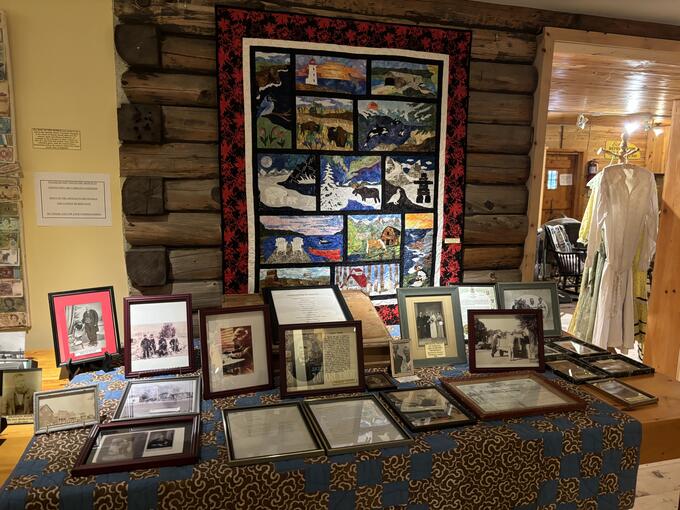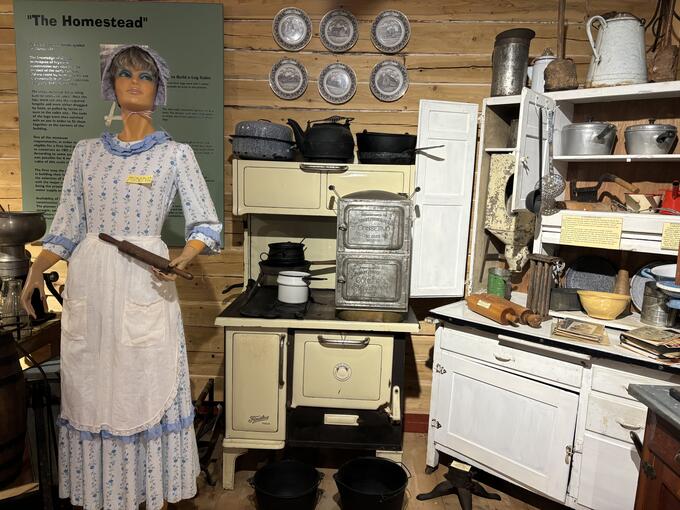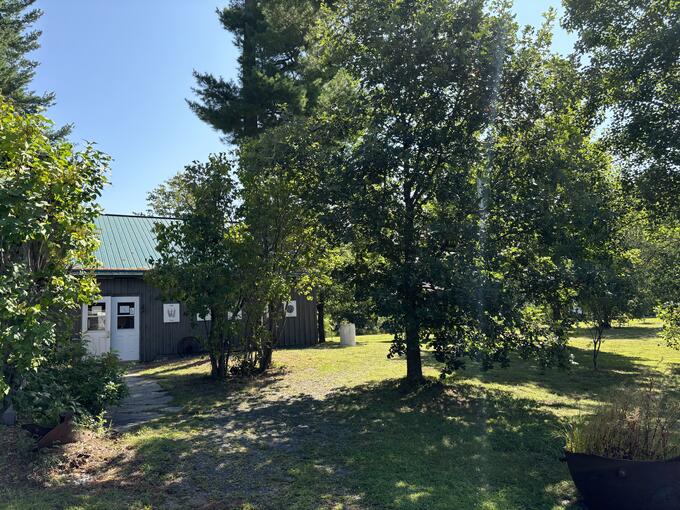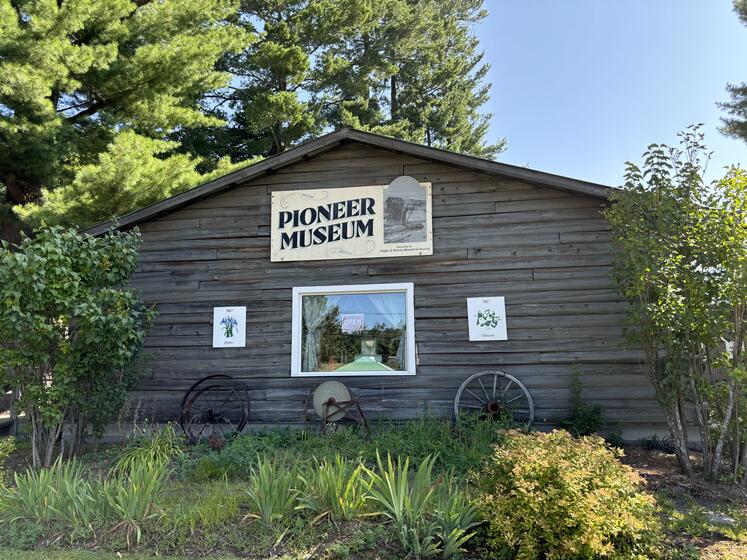Nestled between Frontenac County and Lennox & Addington, the Cloyne Pioneer Museum & Archives stands as a beacon of history and a testament to the power of collective effort. From its inception, the museum has grown from humble beginnings to becoming a cherished institution, preserving the rich heritage of the region.

The roots of the Cloyne Pioneer Museum trace back to the early 1970s when a Pioneer Club was formed with the mission of preserving local history. By 1983, the club transitioned to a full-fledge Historical Society, driven by the belief that the community’s past was worth safeguarding for future generations. The museum itself was born out of this passion, a fully volunteer run facility, a physical space where the artefacts, stories and memories of the area could be shared with the public.
A Volunteer Success Story
What sets the Cloyne Pioneer Museum apart is not just its collection of artefacts but the people behind it. From the start, the museum has been entirely volunteer-run. The board of directors, curators, and even those who maintain the museum's grounds are all volunteers. These individuals bring a diverse set of skills—from carpentry to genealogy, video editing and writing—that enrich the museum's operations and offerings.

"One of the key reasons for our success is the different expertise our volunteers bring," explains Ken Hook, President. "We have members who are experts in local history, others who are skilled in digital media, and even those who can handle all the carpentry work needed for renovations. This diversity allows us to keep improving and expanding our offerings."
Preserving the Past: The One-Room Schoolhouse
Among the many exhibits at the Cloyne Pioneer Museum, one of the most cherished is the one-room schoolhouse, a relic of a bygone era that offers visitors a glimpse into the educational practices of the past. This schoolhouse is not just a historical artefact; it is a living memory for some in the community.
The story of the one-room schoolhouse has been brought to life by Eileen Flieler, a former teacher who spent years educating children in such an environment.
"I taught in a one-room school with 46 kids across eight grades," she recalls. "You had to be organized; otherwise, it was chaos. But it was a unique experience that taught both the students and the teacher valuable lessons."
Eileen's experience highlights the challenges and rewards of teaching in a one-room schoolhouse. Despite the difficulties, such as managing multiple grades simultaneously, she believes that this setting fostered a unique learning environment.
"Kids learned a lot by listening to the other classes," she says, reflecting on how this system encouraged a broader understanding and cooperation among students of different ages.
The schoolhouse exhibit at the museum serves as a poignant reminder of the community's educational heritage. It preserves the memory of a time when education was simpler, yet deeply impactful. Visitors to the museum can step back in time and imagine what it was like to learn in such an intimate setting, surrounded by peers of all ages.
Overcoming Challenges and Expanding Horizons
Like all non-profits, the museum has faced its share of challenges, such as securing funding, but the museum has successfully navigated this by applying for various grants and seeking out ongoing support from local municipalities.
"We are fortunate to have financial backing from both Addington Highlands and North Frontenac," notes Margaret Axford, former museum curator and board member. "This support is crucial in keeping the museum open and accessible to the public."
The museum has also embraced the digital age. Recognizing the importance of making their full collection accessible year-round, the museum has undertaken a massive digitization project.
While not all of the existing inventory of artefacts are online, a subset of historic photos, documents, and videos are now available online via their newly launched digital guide on Bloomberg Connects, a free arts and cultural app, attracting a global audience. The Cloyne Pioneer Museums is the third in Canada to be a part of Bloomberg Connects.

Looking to the Future
As the museum looks to the future, the focus remains on preserving the past while embracing new opportunities. Plans are underway to further expand the museum's digital presence, making more of its archives available online. The museum also hopes to continue attracting volunteers, ensuring that it remains a vibrant part of the community.
"We are always looking for new ways to engage with the public and share our history," Hook says, "Whether through new exhibits, digital content, or community events, we want to ensure the museum remains a cornerstone of our community for years to come."
